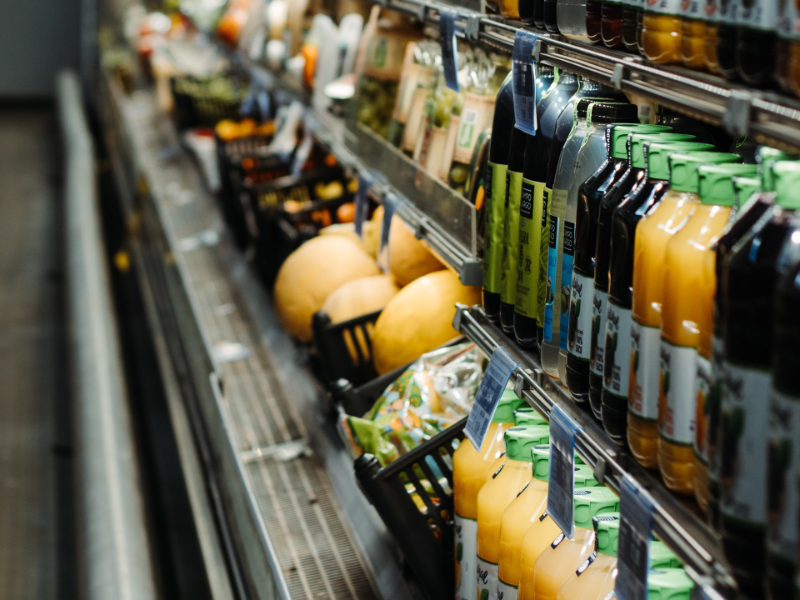Transformation project in the food industry
Strengthening of procurement and use of synergy effects
Our client is a Northern European food and beverage company with 2,000 employees in 13 countries. The company is known for high-quality food products such as coffee, seasonings, vegetable products and snacks. The portfolio includes strong private label brands, some of which are produced in-house, some distributed as traded goods.
Consumer Goods

Objective: Optimization of margins
The company has grown steadily in previous years through acquisitions. This led to a decentralized procurement organization and non-standardized processes. Synergies were previously unused and procurement was under-represented in decisions – these were more sales and marketing driven. However, the growing competition in the market required an improvement in margins. We were therefore commissioned to optimize the cost structures and to help procurement to achieve a higher status within the company.
Approach: “One Organization” and cost optimization in the food sector
To strengthen procurement, our consultants began by questioning the existing organizational structures, committees and processes. An important step in bringing about powerful improvements was to anchor procurement issues in the company’s top management. Since the company had grown very cross-culturally and through acquisitions, the challenge was to bring all procurement units under one roof. Instead of a separate procurement department for individual locations, we created structures for category functions under which procurement activities were bundled across the board. By introducing transparent decision-making criteria, defining responsibilities and setting milestones, we were able to optimize the decision-making processes considerably.
In addition to cost reductions, cross-functional collaboration created further synergies across the sites. Our consultants respecified the entire range of traded goods, issued new invitations to tender, negotiated with suppliers and supported the extensive testing process. This is because a change of supplier always results in deviations in the product composition.
For example, regional differences in the drinking water used can change the taste of a sauce, which is why extensive tests and the involvement of production and development as well as sales and marketing are always necessary. In the middle of the project, the Corona pandemic made on-site testing temporarily impossible and delayed processes. Through the successful cooperation of all parties involved, the supplier pool was finally optimized, not only with considerably better conditions. During the discussions and close coope-ration in the further development of the products, we also strengthened the supplier relationships and ensured a shared sense of success.
For the products produced inhouse, we worked with the client to draw up completely new specifications and optimize the ingredient lists. We then launched tenders for the individual ingredients. Negotiations focused on the procurement of raw materials for further processing, such as spices. Here, we were able to achieve cost efficiencies by making small changes to the recipe and bundling across different brands – wit-hout compromising on the taste or quality of the products. Index clauses were inserted for some raw materials when drawing up the contract, so that our client was able to cushion the fluctuating prices caused by the pandemic in the best possible way.

Results
Get in contact with our consumer goods experts



